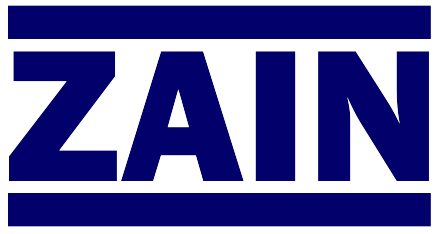Transport Phenomena, Reactor Design and Scale-up
Author:
James Y. Oldshue
This paper reviews the principles and applications of
transport phenomena, reactor design, and scale-up in biotechnological processes, focusing on
impeller-mixed stirred tanks, bubble columns, and airlift reactors. It explores key factors such as
mass transfer, heat transfer, mixing dynamics, gas-liquid interactions, and power correlations, emphasizing their impact on biological and enzymatic reactor performance. The study also highlights challenges in
scaling up reactor systems, optimizing oxygen transfer, and improving efficiency in
aerobic and anaerobic bioprocesses.
Key Learnings
- Understanding transport phenomena—including mass, heat, and momentum transfer—is essential for optimizing bioreactor performance.
- Reactor design and scale-up must consider mixing efficiency, oxygen transfer rates (kLa), and hydrodynamics to maintain biological activity across scales.
- Impeller configuration and power input significantly influence gas holdup, aeration efficiency, and overall reactor productivity.
- Bubble columns and airlift reactors offer energy-efficient alternatives for gas-liquid bioprocesses, especially in large-scale fermentation.
- Immobilized enzyme and biofilm reactors provide enhanced stability and reuse potential for biocatalytic processes.
- Successful scale-up strategies rely on maintaining similar fluid dynamics and mass transfer characteristics between laboratory and industrial systems.
- Advanced reactor modeling and monitoring support better control, predictability, and optimization of biochemical reactions.
If you can’t see the PDF, click "Open in new tab".

